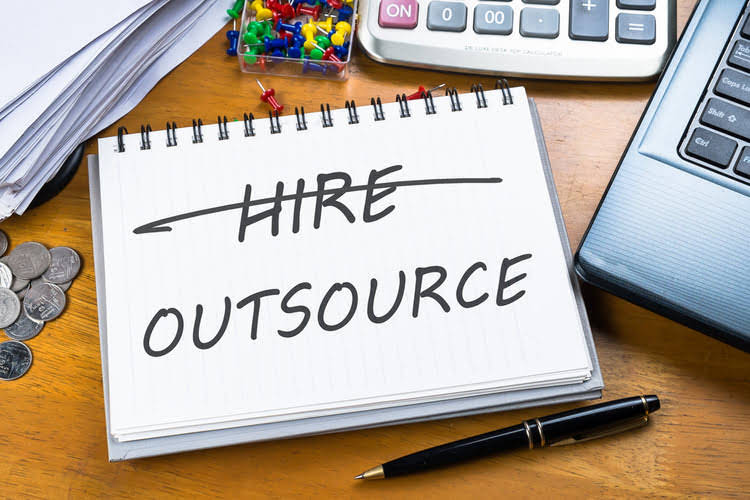
Since we’re measuring the increase (or decrease) in free cash flow, i.e. across two periods, the “Change in Net Working Capital” is the right metric to calculate here. Any change in working capital can affect cash flow, which is the net amount of cash and cash equivalents being transferred in and out of a company. Stronger growth calls for greater investment in accounts receivable and inventory, which uses up cash.
Order to Cash Solution
The amount would be added to current assets without any debt added to current liabilities; since current liabilities are short-term, one year or less, and the $40.6 billion in debt is long-term. Below is Exxon Mobil’s (XOM) balance sheet from the company’s annual report for 2022. We can see current assets of $97.6 billion and current liabilities of $69 billion. Negative cash flow can occur if operating activities don’t generate enough cash to stay liquid. This can happen if profits are tied up in accounts receivable and inventory. Retailers must tie up large portions of their working capital in inventory as they prepare for future sales.

Accounts Payable Payment Period
For a deeper look into this fundamental concept, you might want to check out our comprehensive guide on what working capital is. Alright, before we get into the “change” part, let’s quickly refresh what working capital actually is. It’s the money you use for your everyday operations – paying suppliers, covering payroll, managing inventory, and handling other short-term expenses. Working capital is the amount of liquid assets a company has available, after accounting for its upcoming payments. It tells you how much money the company has available to pay net working capital employees, suppliers, and other day-to-day business needs. Working capital is also important if you are trying to woo an investor or get approved for a small business loan.

How does working capital affect cash flow?

Net working capital, which is also known as working capital, is defined as a company’s current assets minus itscurrent liabilities. Negative working capital is when current liabilities exceed current adjusting entries assets, and working capital is negative. Working capital could be temporarily negative if the company had a large cash outlay as a result of a large purchase of products and services from its vendors.
- On the balance sheet side though, the company’s accounts payable increased 43% to $50,000.
- Conceptually, working capital represents the financial resources necessary to meet day-to-day obligations and maintain the operational cycle of a company (i.e. reinvestment activity).
- In other words, your business needs working capital in the form of cash, debtors, raw materials stock, bills receivable, etc.
- It measures how much working capital has changed over time and can provide insights into a company’s liquidity, efficiency, and financial health.
- This can be done by achieving a trade-off between liquidity and profitability.
- However, if the change in NWC is negative, the business model of the company might require spending cash before it can sell and deliver its products or services.
- Both positive and negative changes in working capital will affect your business.
Transform Cash Flow into Working Capital Success
- This is to ensure that your business maintains a sufficient amount of Net Working Capital in each accounting period.
- Under sales and cost of goods sold, lay out the relevant balance sheet accounts.
- The net working capital (NWC) is the difference between the total operating current assets and operating current liabilities.
- Generally speaking, the working capital metric is a form of comparative analysis where a company’s resources with positive economic value are compared to its short-term obligations.
Therefore, companies needing extra capital or using working capital inefficiently can boost cash flow by negotiating better terms with suppliers and customers. Current liabilities encompass all debts a company owes or will owe within the next 12 months. The overarching goal of working capital is to understand whether a company can cover all of these debts with the short-term assets it already has on hand. Since the company is holding off on issuing payments, the increase in payables and accrued expenses tends to be perceived positively.

Company
But if there is an increase in the net working capital adjustment, Accounting for Technology Companies it isn’t considered positive; rather, it’s called negative cash flow. And obviously, this increased working capital is not available for equity. If you find your working capital isn’t where you’d like it to be, or if the changes are causing cash flow headaches, don’t despair!
Leave a Reply